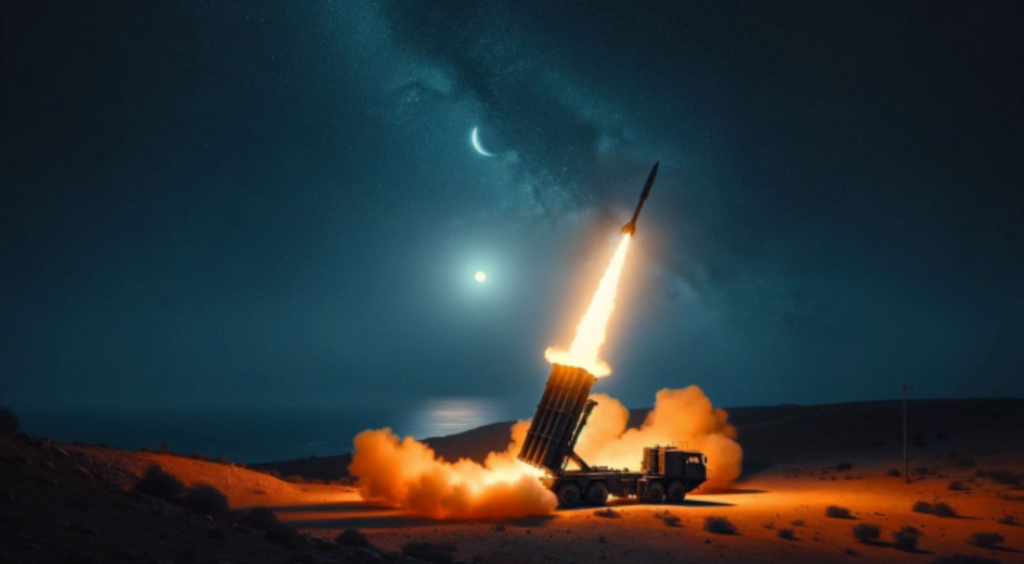The ongoing conflict in Ukraine, now stretching into its third year, has reached a critical juncture. Ukraine’s recent decision to fire U.S.-made ATACMS long-range missiles deep into Russian territory marks a significant escalation in the war. Despite Russia’s capability to intercept most of these missiles, the attack raises crucial questions about Russia’s future responses. While the lack of damage or casualties seems to suggest a low likelihood of immediate retaliation, this fragile state of affairs could rapidly deteriorate should Ukraine continue its offensive strategy, particularly if Russian cities become targets.
The international implications of this situation are compounded by the statements made by Russian officials. Sergey Lavrov, Russia’s Foreign Minister, has accused the West of inciting further conflict, particularly highlighting the U.S.’s role in equipping Ukraine with missile technology. His remarks suggest that Russia views Ukraine’s actions as a joint effort with the U.S., thereby framing any future attacks as a direct assault on Russian sovereignty. The recent update to Russia’s nuclear doctrine, signed by Vladimir Putin, underscores the seriousness with which Moscow perceives the threat posed by U.S. involvement. It explicitly states that nuclear weapons could be utilized in response to conventional attacks supported by nuclear states, signaling a potential for rapid escalation from confrontational posturing to catastrophic conflict.
There are deep concerns that the motivations behind U.S. and NATO involvement in the Ukraine conflict may not be solely about regional stability. Some analysts suggest that the current geopolitical climate may be pushing toward a broader confrontation between the U.S. and Russia. Prominent figures in U.S. politics, including Senate Minority Leader Mitch McConnell, have expressed frustration with perceived indecisiveness in U.S. responses, indicating a dangerous bipartisan rush towards more aggressive military support for Ukraine. This rhetoric feeds a cycle of escalation as both sides prepare for the possibility of a direct conflict; the likelihood of miscalculating intentions grows with each step taken further into hostilities.
Meanwhile, the Russian military is taking evident steps to prepare for potential nuclear engagement, responding to what they perceive as a direct threat from NATO involvement. The production of mobile bomb shelters designed to withstand nuclear attacks illustrates a grave shift in the security paradigm. This suggests that Moscow is serious about its nuclear capabilities and readiness, which poses a dilemma for strategic response on the part of Western nations. The prevailing belief in Washington that Russia would refrain from using nuclear weapons risks underestimating the lengths to which Moscow might go if cornered or threatened with conventional military losses.
Given these developing dynamics, concerns rise that any significant escalation could trigger a catastrophic cycle of retaliation that neither side intends but might feel compelled to execute. The situation remains precarious, as both Ukraine and Russia navigate an increasingly dangerous landscape where miscommunication and misperceptions about intentions could lead to unintended violence. Reports of U.S. officials signaling that they would respond in kind to any potential Russian use of tactical nuclear weapons in Ukraine could further provoke a destructive chain reaction amidst heightened tensions.
In conclusion, the stakes surrounding the Ukraine conflict are exceedingly high, with many facets contributing to the potential for catastrophic outcomes. As Ukraine conducts missile strikes into Russian territory, the responses from Moscow and Washington must be handled with utmost caution to avoid spiraling into direct conflict. With both nations increasing their military readiness and rhetoric, the international community watches warily, understanding that the fundamental motives of key players, including possible alignments with elite interests, may influence the course of actions taken. Dialogue remains crucial to mitigate the risks of miscalculation and to seek diplomatic resolutions to the ongoing war, which could otherwise have devastating global implications.

